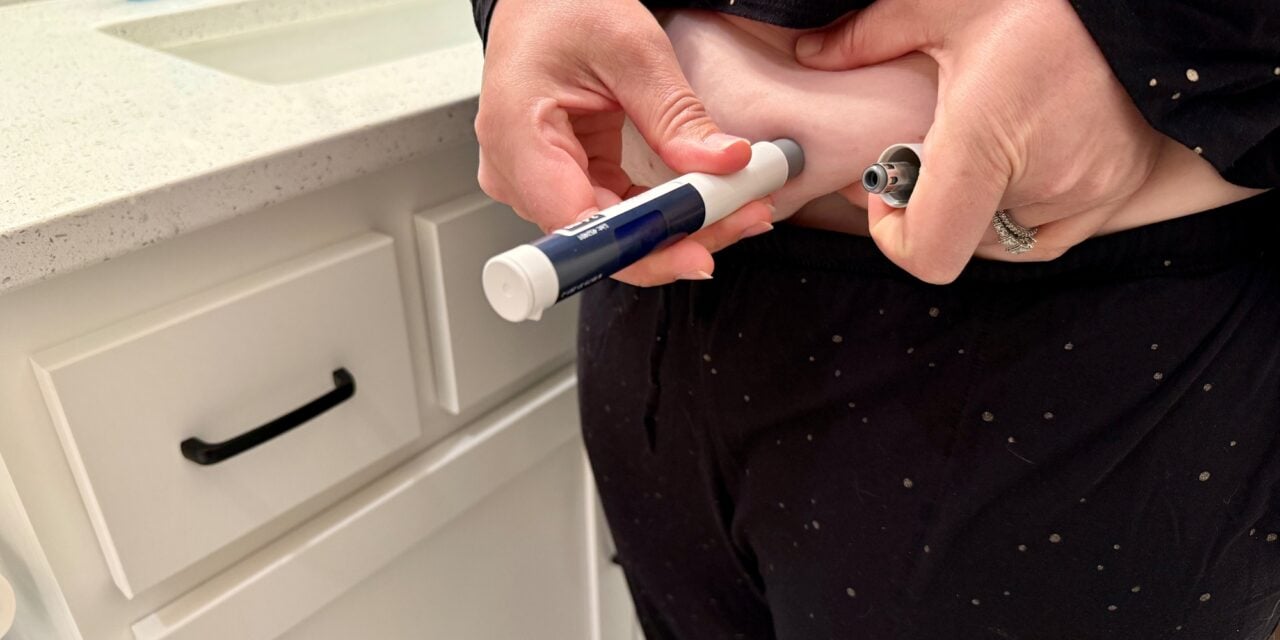GLP-1 medications are driving revenue growth and altering patient dynamics across aesthetic practices, creating new opportunities and challenges for plastic surgery practices.
GLP-1 medications, originally developed for diabetes and weight management, are rapidly changing the landscape of aesthetic medicine. With more patients turning to these treatments for weight loss, aesthetic practices are seeing both new revenue streams and shifts in patient expectations. Plastic Surgery Practice talked to Erik Haines, managing director and head of Guidepoint Qsight, a division of Guidepoint Global that specializes in data and analytics solutions for the aesthetics and medical technology industries, to break down the data behind the surge in GLP-1 use at aesthetic practices.
Haines explains how GLP-1s are influencing patient acquisition strategies, altering treatment demand, and prompting business model adjustments. He also addresses the growing role of compounded medications, regulatory considerations, and how the convergence of wellness and aesthetics may shape the future of the specialty.
Plastic Surgery Practice: Guidepoint Qsight’s latest data shows GLP-1 sales at aesthetics practices hit $1.3 billion in 2024—a 75% increase over the previous year. What’s driving this explosive growth, and what surprised you most in the numbers?
Erik Haines: GLP-1 medications generated $1.3 billion in sales at aesthetic practices in 2024, cementing their place as a major revenue category within the industry. What’s driving this momentum is the rapid adoption across practices and the growing share of patient spend shifting toward weight-loss treatments. In fact, GLP-1s now represent approximately 15% of monthly revenue for practices offering them.
What stood out most in our data was the pace at which practices embraced these treatments. Those that offered GLP-1s in 2024 generally saw increases in annual revenue, while those that did not often reported revenue declines. This isn’t just about a new product; it’s about how quickly it has reshaped the economics of aesthetic care.
PSP: With 60% of medspas and a growing number of physician practices now offering GLP-1s, how do you see this trend reshaping the business model for private practices, particularly in plastic surgery?
Haines: With 60% of medspas and a growing number of physician-led practices offering GLP-1s, our data shows the trend is reshaping revenue streams across aesthetics. Plastic surgery centers have been slower to adopt, but many are now seeing increased demand from patients on GLP-1s, particularly those concerned with ‘Ozempic face,’ volume loss, or loose skin. This is creating new opportunities to address skin tightening and facial rejuvenation needs, even if the practice doesn’t offer GLP-1s directly.
PSP: Your research indicates that 40% of GLP-1 patients are entirely new to the practices offering them. What does this mean for patient acquisition strategies, and how should practices think about integrating these patients into their long-term aesthetic care plans?
Haines: This trend points to GLP-1s acting as a powerful entry point into aesthetic care. Rather than drawing from the existing patient pool, these treatments are bringing in a new demographic, individuals who may be starting their journey with medical weight loss and then exploring complementary services. It’s shifting how practices think about first touchpoints and long-term value, with GLP-1s becoming a catalyst for ongoing engagement.
PSP: We’re seeing a convergence of beauty, wellness, and medical aesthetics like never before. From your vantage point, how are GLP-1s accelerating this convergence—and what does that signal about where the industry is heading?
Haines: Across the industry, we’re seeing aesthetic practices evolve beyond traditional treatments by layering in wellness services like IV drips, NAD+ therapy, and hormone replacement. The rise of GLP-1s has played a key role in this shift, bringing in patients focused on long-term health and transformation rather than one-off treatments. As a result, more practices are building service menus that reflect a holistic approach, bridging the gap between metabolic health and aesthetic outcomes. While it’s still early, this expanded model is becoming more visible across the market.
PSP: The rise of compounding pharmacies amid FDA-listed shortages has played a key role in making GLP-1s accessible. How is this dynamic impacting pricing, patient trust, and practice liability?
Haines: Compounding pharmacies have played a significant role in expanding access to GLP-1s during periods of FDA-listed shortages, particularly by offering more affordable options compared to branded medications. This has helped fuel broader adoption within aesthetic practices, especially in cash-pay models where price sensitivity is high.
The widespread use of compounded GLP-1s has also brought increased attention to regulatory guidelines and liability considerations for practices. As the FDA re-evaluates shortage status and enforcement evolves, many in the industry are closely monitoring how these changes could impact long-term availability and compliance requirements.
PSP: Looking ahead, what should plastic surgeons in private practice be watching most closely as GLP-1s continue to evolve—from both a clinical and business standpoint?
Haines: As GLP-1s become a more prominent offering within aesthetic medicine, one of the clearest shifts we’re seeing is in how they’re reshaping the patient journey. With 40% of GLP-1 patients being entirely new to the practices providing them, these treatments are redefining the front door to aesthetic care, often bringing in individuals who may not have previously engaged with aesthetic services.
For plastic surgeons in private practice, this signals a potential shift in patient flow and demand patterns, as more consumers begin their aesthetic experience through wellness-driven treatments rather than traditional cosmetic procedures. The long-term business implications of that shift are still unfolding, but it’s a trend worth watching closely.
Just as important will be tracking the evolving regulatory landscape, particularly as oversight around compounding, prescribing, and marketing practices continues to tighten. Staying informed will be critical for maintaining compliance and anticipating shifts that could impact practice operations and patient access. PSP
Photo: ID 375093001 © Matthew Fowler | Dreamstime.com


